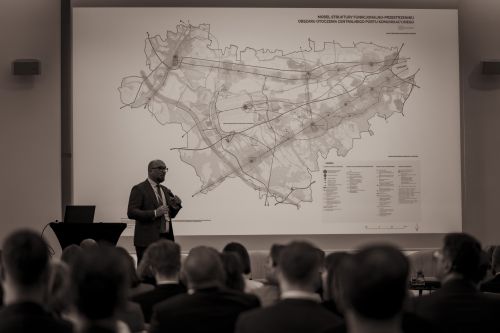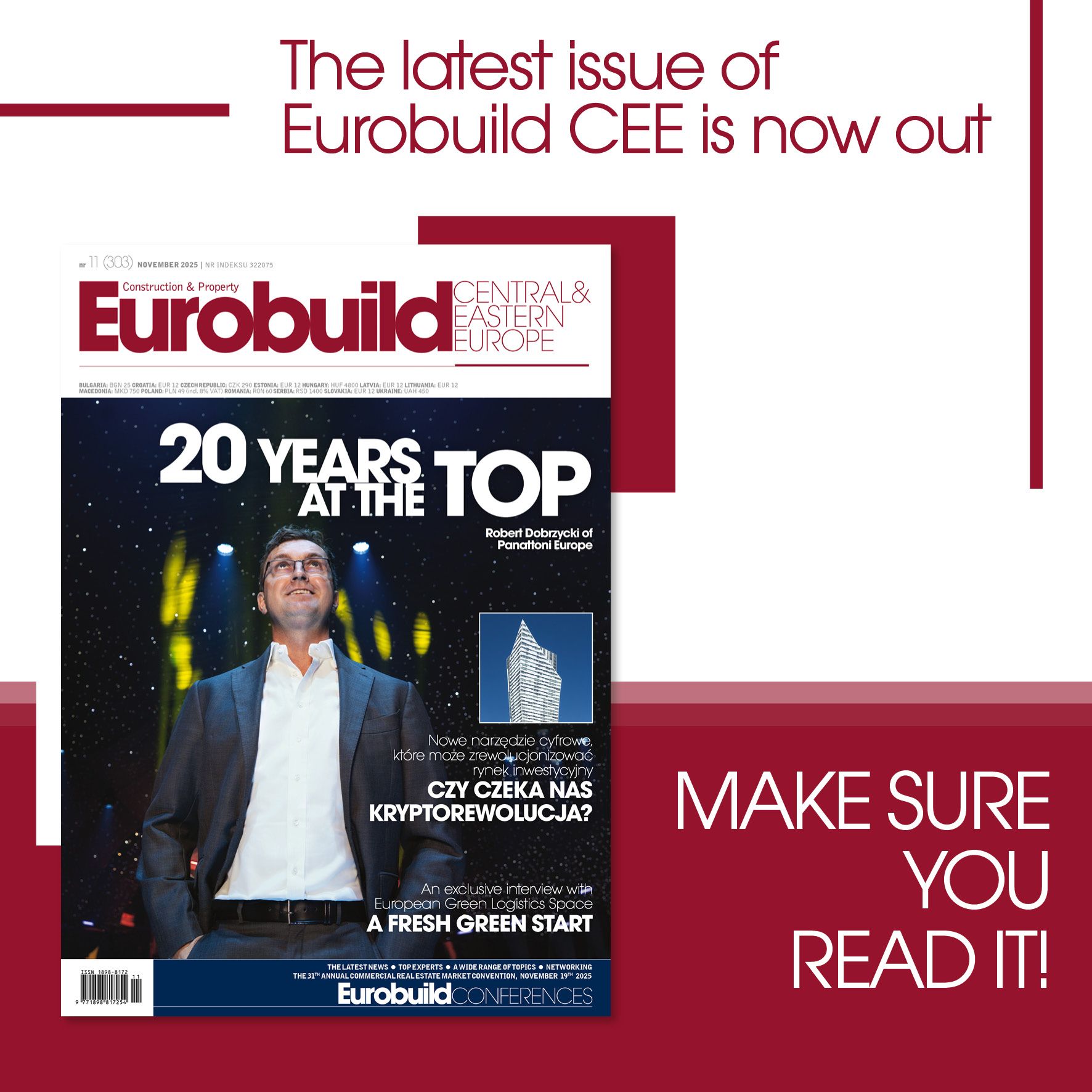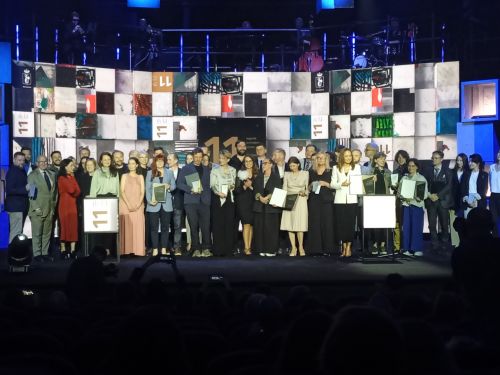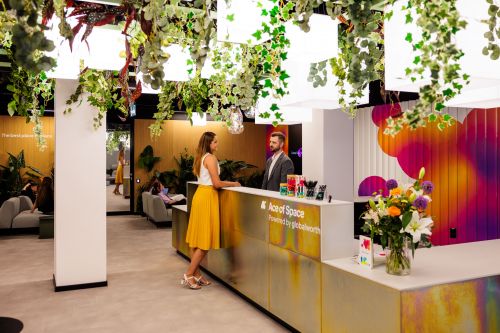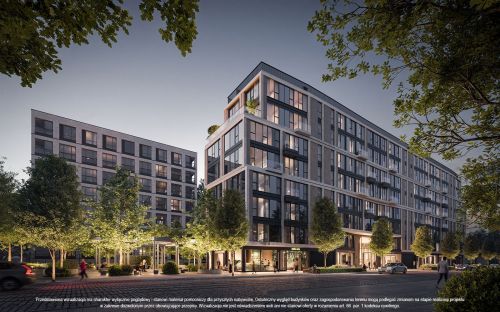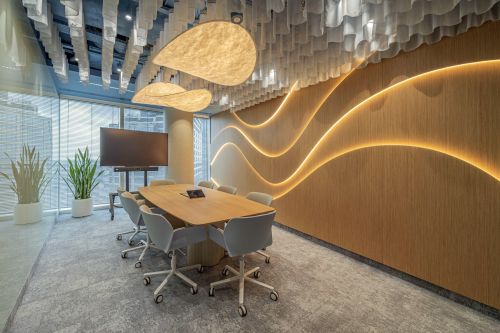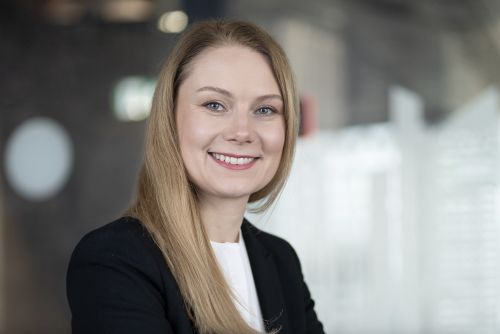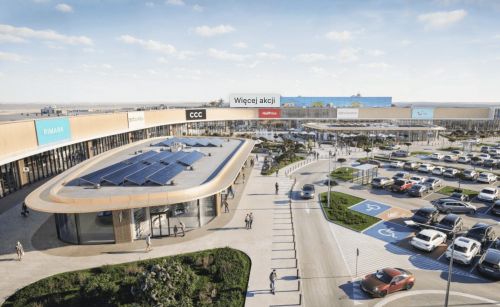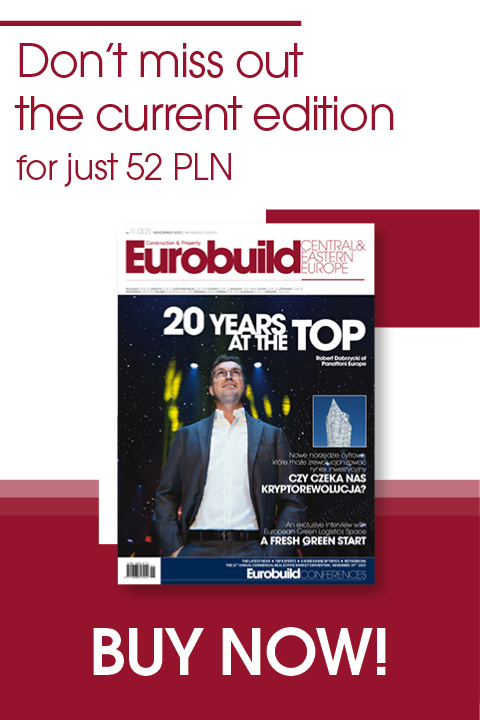Dutch based ING Real Estate announced its plan to create ,a lively city
centre hub, with a big city character," on a 6 hectare site in the heart of Gdańsk's
old town. The developer plans to build a PLN 1 bln mixed-use complex comprising a hotel,
leisure and entertainment centre, offices and flats. Although the project is currently at
the design stage, involvement by the city authorities indicates that the investment has a
good chance of success.
ING's proposed development is to be built on 2 squares located at the
junction of ul. Grunwaldzka and Al. Zwycięstwa with Trakt Królewski (the main Tri-City
artery).
According to historical reports, people sold crabs and hay on this site, giving the
squares their names; Plac Rakowy (Crab Square) and Plac Sienny (Hay Square), hence the
name of ING's investment - ,Targ Rakowy Targ Sienny" (Crab and Hay Market).
The investor plans to develop 60,000 sqm of retail space, an 8,000 sqm leisure and
entertainment centre, 2




















